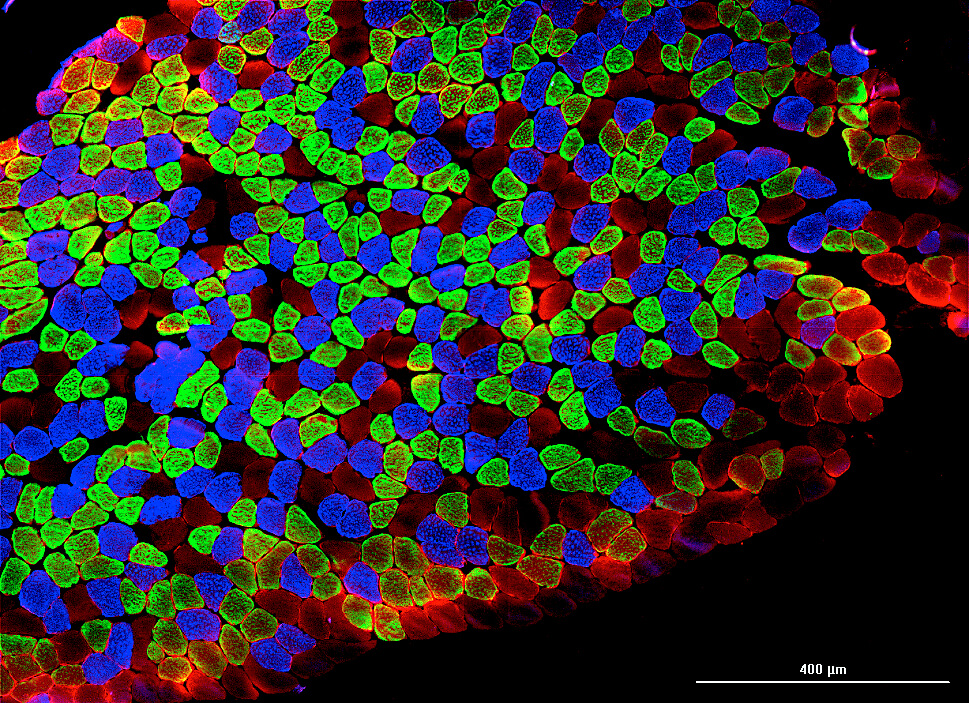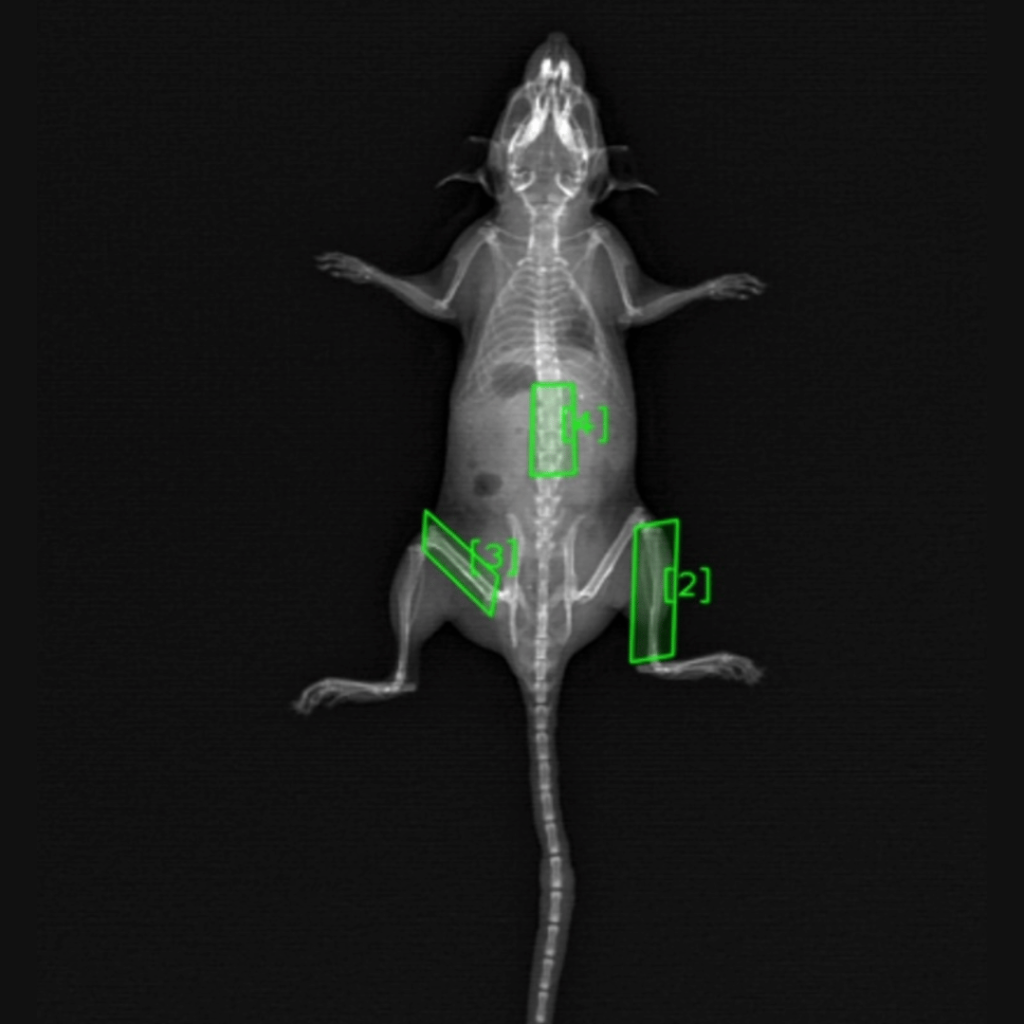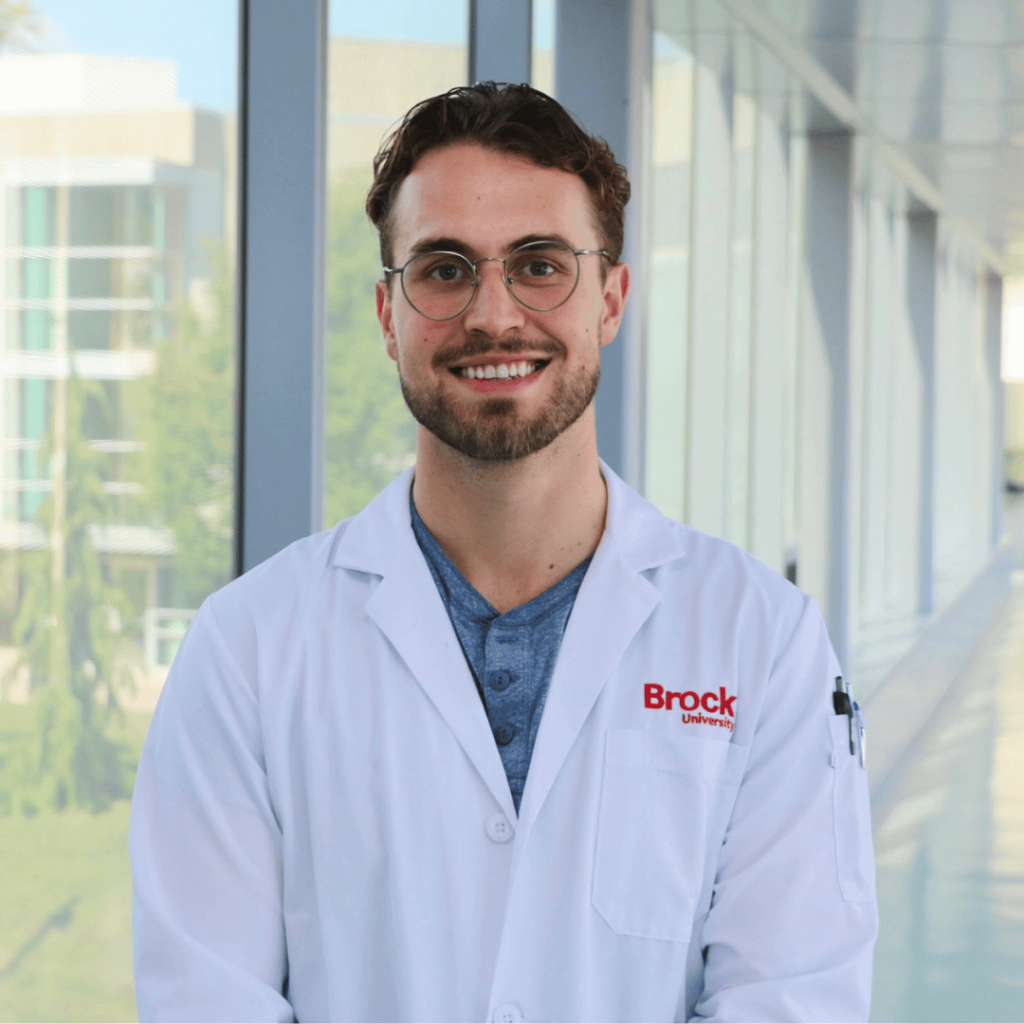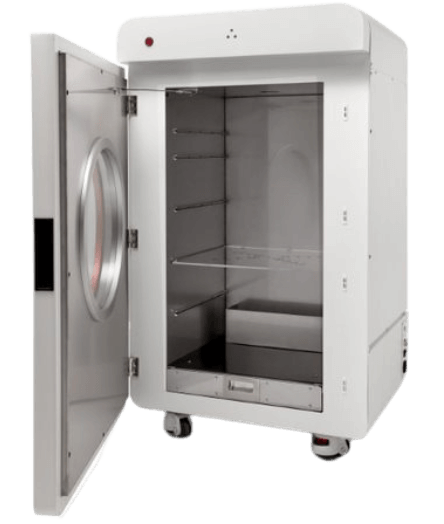Lab Spotlight: Fajardo Laboratory at Brock University
- Unlocking the Key to Muscle & Bone Preservation in Space: The Potential of GSK3 Inhibition
Starting with the inaugural manned flight into space and progressing to human expeditions to the moon, our understanding of the intricacies of space travel has significantly deepened. Presently, our endeavors are concentrated on venturing into the depths of space, reaching Mars and beyond, not only to explore the potential of extraterrestrial life but also to ensure the long-term survival of our species. Nonetheless, as space exploration pushes into uncharted environmental realms, the challenges concerning human survival and physiology become increasingly conspicuous. The primary focus of the Fajardo Lab revolves around comprehending the ways in which exposure to microgravity has presented physiological challenges regarding muscle and bone mass as well as strength.

One research project, led by Ryan Baranowski (MSc), focused on investigating the potential of a specific protein to counteract the negative effects on muscle and bone health observed in mice exposed to spaceflight conditions. This study involved sending four groups of mice (RR9, RR1, RR18, BION-M1) to the International Space Station and separate satellites for a duration of 30-37 days. The protein in question, Glycogen Synthase Kinase-3 (GSK3), tends to be excessively active early in space travel, leading to muscle and bone loss, as well as changes in the composition of muscle fibers, particularly in the postural soleus muscle over the course of 30-37 days. To determine if reducing the activity of GSK3 in skeletal muscle could alleviate the muscle and bone deterioration, GSK3floxed (wildtype) and GSK3-knockdown (GSK3KD) mice were subjected to a simulated microgravity model known as hindlimb suspension for 7 days. Analysis using the iNSiGHT DXA system revealed that GSK3KD mice maintained their body weight over the 7-day period and exhibited a higher amount of lean body mass compared to the control group of wildtype mice. Furthermore, the soleus muscles of GSK3KD mice showed increased mass and cross-sectional area after hindlimb suspension in comparison to wildtype mice under the same conditions, and their muscle strength was similar to that of mobile control mice.
In addition to muscle, their research found that space flight dramatically reduced bone mineral density, a common measure to diagnose osteoporosis here on earth. This result was also associated with an overactivation of GSK3 in the bone. Strikingly, their work also found that knocking down GSK3 in muscle offered some protective effects in the bone under the hindlimb suspension model. This reveals a potential a muscle to bone connection that Fajardo and his lab look forward to studying further

Ultimately, this research has paved the way in the Fajardo lab for GSK3 inhibitors to be considered as a potential therapeutic intervention in upcoming space-related experiments.
Featured Researchers:

Ryan Baranowksi, Ph.D
Laboratory Coordinator at Fajardo Lab, Brock University
Ryan Baranowski serves as a laboratory coordinator at Brock University under the supervision of Dr. Val Fajardo. His primary focus is to explore the impact of GSK3 in muscle wasting ailments, specifically in microgravity contexts and develop strategies to mitigate the observed negative effects.

Val Andrew Fajardo, Ph.D
Canada Research Chair in Tissue Re-modelling and Plasticity at Fajardo lab
Val Fajardo is a newly appointed Canada Research Chair in Tissue Remodeling and Plasticity, at Brock University. The DXA imaging capabilities have recently been added to his lab, allowing both body composition and bone mineral content imaging, using the iNSiGHT system. Dr. Fajardo’s research focuses on muscle wasting conditions, as well as muscle metabolism, with a goal of developing clinically relevant therapies, as well as on the discovery and characterization of calcium regulatory proteins.
Watch Our Webinars!
Articles & Publications
iNSiGHT

Research collaboration, funded and supported by NASA
*NASA is the registered trademark of NASA
Logos, product and company names are trademarks/registered trademarks of their respective represented companies. Scintica, Scintica Inc., Scintica Instrumentation are trademarks of Scintica Instrumentation. Information and specifications are subject to change without notice


